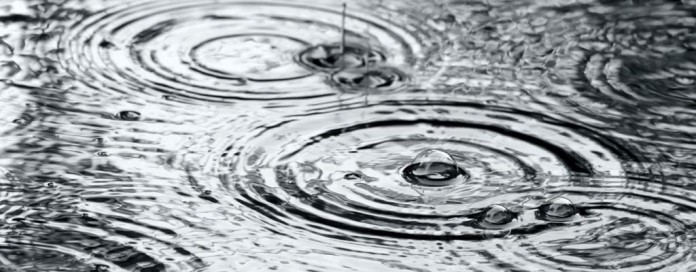By MARY SAMIDE
From outer space, the Earth looks like a multicolored blue marble swirling in an elliptical orbit around the sun. In contrast, Mars, the planet most like Earth, is like a red rubber ball caterwauling its way around the sun. The difference in these two planets is not only the atmosphere, but the major component of water: life-sustaining water.
In a recent movie, The Martian, Matt Damon plays the lead character who finds himself stranded on Mars after his astronautical team jets off thinking Damon was killed in a torrid storm which threatened all of them.
Survival
Waking up on the red planet and buried in the dust, Damon makes it back to the Mars station only to find that he is alone with barely enough food and water to last at the most six months. Damon begins to set up rations for himself, knowing that it would be at least four years before a rescue team would arrive, providing they knew he was alive.
Since Damon was a botanist, he decides to bring the Martian soil inside the compound, rigging up a garden to grow potatoes. He could live on potatoes. By using his own waste for fertilizer, now the only other obstacle he has to overcome is producing water.
Fresh water
Eventually Damon manages to produce fresh water and his garden grows. Here on Earth water is everywhere. In fact, about 70% of the earth’s surface is covered with water. But the one constant is that life needs freshwater to survive, just as Damon knew. seven percent of the water on the earth is salt water. Less than 1 percent of all the water on earth is water that we can actually use.
Conserve water
With these facts in mind, it becomes even more poignant to capture, protect, and conserve the fresh water we have. There are many ways that even homeowners can capture fresh water.
Rain barrels are one of those ways to catch the free rainwater that falls so often in Northeast Ohio. The Geauga Soil and Water Conservation District (SWCD) has sponsored its Rain Barrel Yard Art Campaign for the past ten years. Through this program rain barrels are painted by local artists and auctioned off throughout the fall and at the District’s annual meeting.
Water barrels
Proceeds from the auction are used for educational programs in conservation. Having been a participant myself in these programs, I managed to paint seven barrels: six for Geauga SWCD and one for the Geauga County Department of Aging.
Each barrel has to have a theme with a title. The barrels are painted with an acrylic paint then coated with a clear sealant. When the barrels are entered, a story accompanies each barrel and is read at the annual meeting.
My rain barrels have included an aquarium with tropical fish, raccoons hiding in trees, waterfalls from mystical Maui, at the edge of the Grand Canyon and Niagara Falls, Gypsy horses around the barrel, and finally this year a takeoff on the Wizard of Oz by following the yellow brick road.
Rainfall equals water
Geauga SWCD has told us for “every inch of rain that falls on a catchment area of 1,000 square feet, you can expect to collect approximately 600 gallons of rainwater.
Ten inches of rain falling on a 1,000 square foot catchment area will generate about 6,000 gallons of rainwater!”
While water, water may be everywhere on Earth, only fresh water will make the difference between life and death. Catching fresh water in a rain barrel may not save our lives like creating fresh water on Mars saved Matt Damon’s life.
Growing gardens
But ultimately, catching fresh rain water sure can go a long way to make our gardens grow richer and better.
(Mary Samide is former Geauga County Commissioner and avid supporter and guest columnist of Geauga SWCD.)













